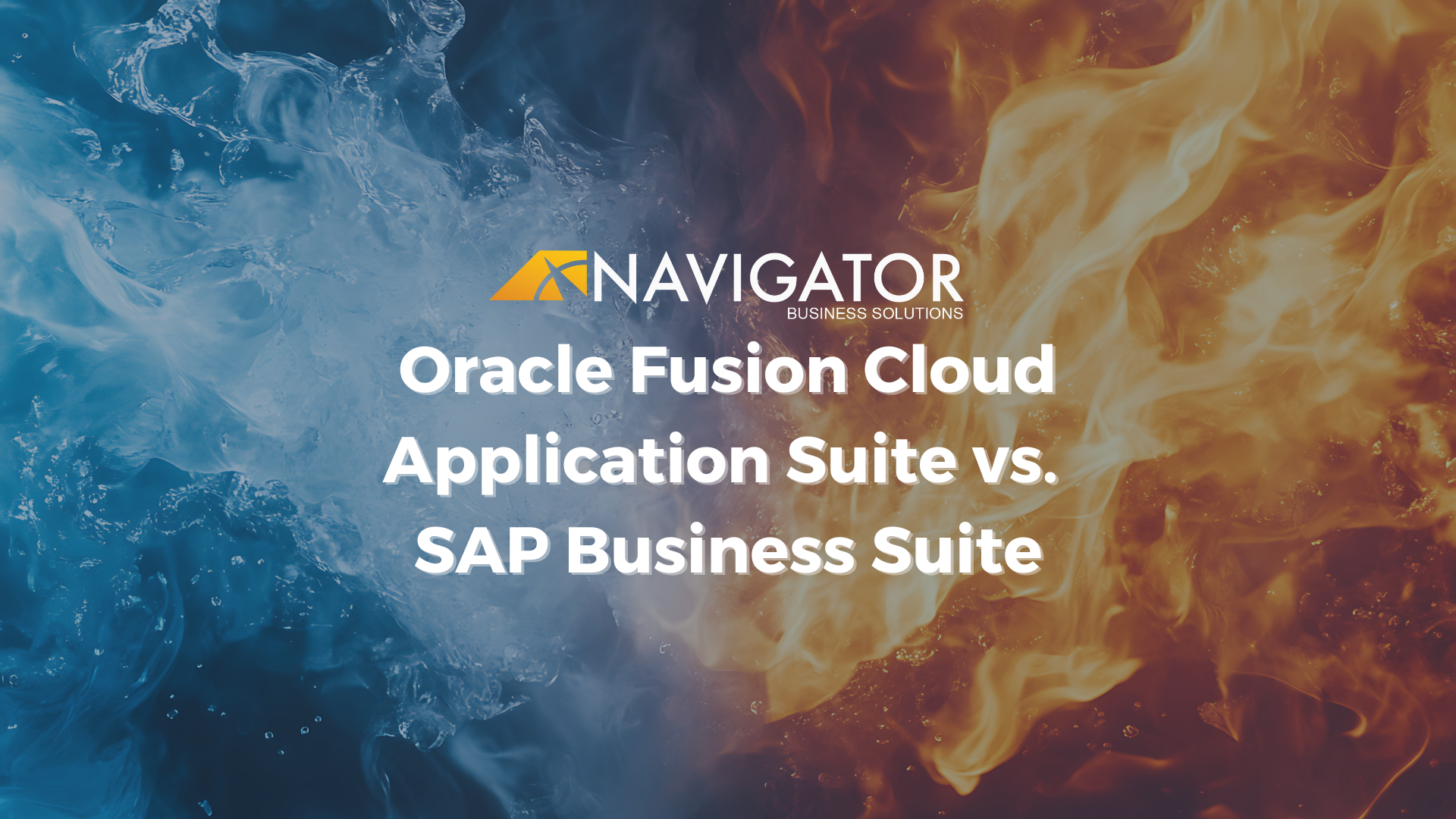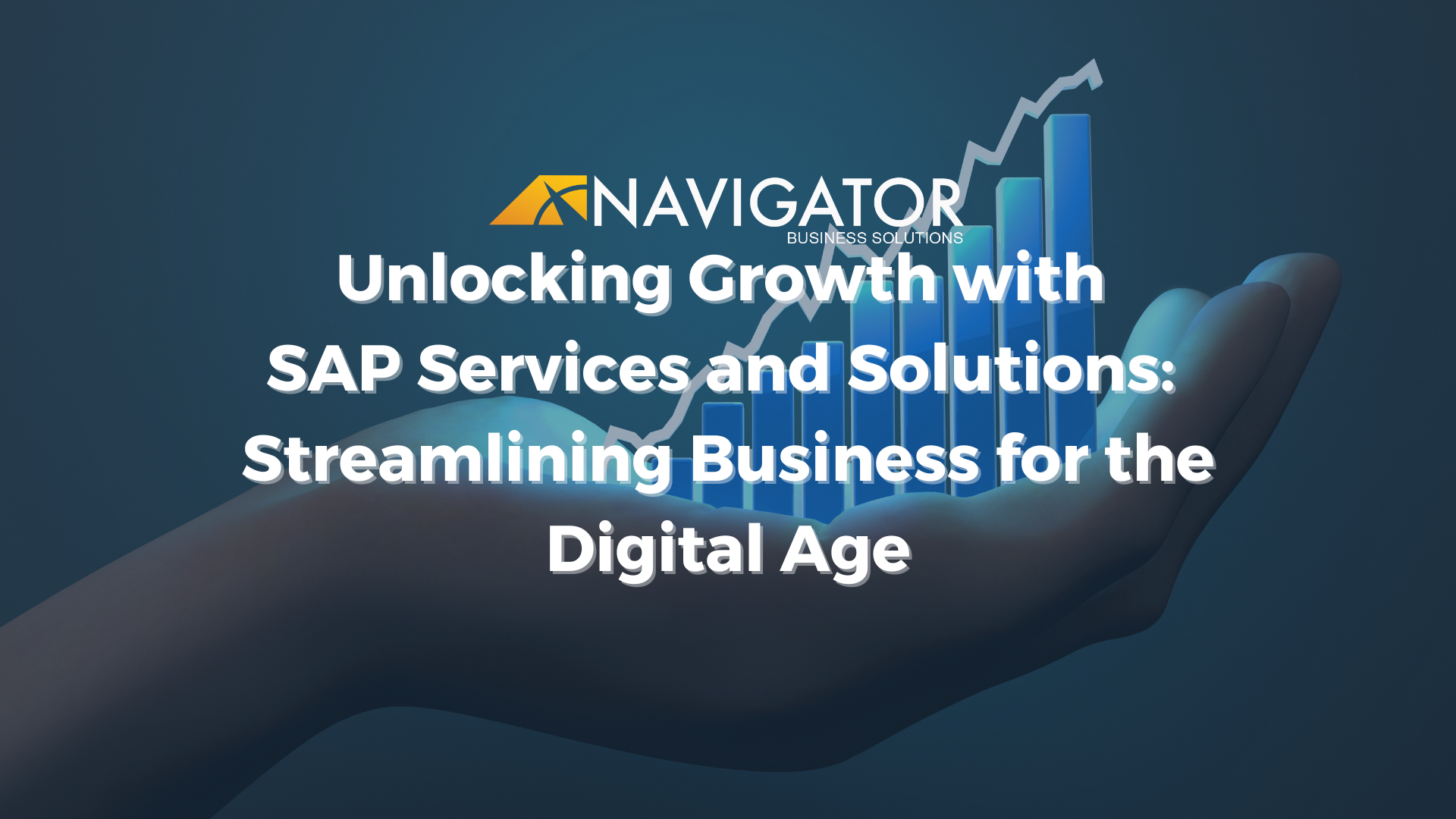Business, like football, is often a game of one-upping the competition by staying ahead of the curve. The new area where manufacturers are competing is on the backend with efficient cloud-based ERP systems—and this is good news for CIOs at manufacturing firms.
Many manufacturers follow lean principles. This once was a competitive advantage for manufacturers, but now it is standard practice just to stay competitive. The new area for advantage is applying these same lean principles to backend IT systems for more efficient business processes. There's been a quiet revolution in ERP systems as they move to the cloud, and manufacturers ahead of the pack are adopting these cloud-based ERP systems as the latest way to be more competitive.
Why Old IT Systems Don't Cut It
Driving this move to cloud-based ERP is the opportunity for greater manufacturing efficiency on the software side.
Manufacturers must balance the demand from customers with product supply, keep inventory low but avoid stockouts, and keep product margins in line with the fluctuating cost of materials and production. Much has been done on these fronts, but legacy ERP systems have held back manufactures from greater efficiency and these constant balancing acts.
That's because legacy ERP systems have been some of the most unwieldy, inflexible IT systems in business today. Due to cost and complexity, many manufacturers have been stuck with IT systems that lack real-time reporting and integration, capture data and lock them away in silos that aren't easily integrated, and generally don't take advantage of the mobility and connectivity advantages of mobile devices and the cloud.
Cloud ERP Brings Opportunity for Manufacturers
Many of the IT headaches for manufacturers are reduced or eliminated when firms move to cloud ERP, however.
That's because cloud-based ERP is significantly more connected than on-premise, legacy ERP deployments. All manufacturing data can flow into a cloud ERP system in real-time, whether coming from a front line employ's mobile device, a supplier's database, or an internet-of-things device on the shop floor. The accessibility of the cloud-based system and its inherent connectivity reduces silos and makes it possible for real-time integration and data use for manufacturers.
From this connectivity and single source of truth, manufacturers get visibility across all areas of the business in real-time, including access to data across the supply chain in many cases. This helps with lean processes, including balancing supply and demand, adjusting production schedules more accurately, and tracking actual production costs in a way that was not easily possible with aging on-premise ERP systems.
With purchasing, for instance, manufacturers can streamline the bidding process with vendor profiles and added guidance from the system on purchasing and production to minimize inventory carrying costs and make inventory management more effective.
Customized dashboards can help production monitor orders against forecasts to make sure production isn’t going to be overrun, and so proper expectations for delivery are set and communicated to sales in real-time.
Accountability also can be moved downstream when all of a manufacturer's data is stored in the cloud, driving further efficiency by empowering employees at each level within the company by giving them access to the data they need for smarter decisions. Production reporting, including labor hours, material issues and order and inventory status is available via tablet or smartphone without the need for any special equipment.
CIOs Benefit from Cloud ERP, Too
Operations isn't the only area that benefits from cloud-based ERP, though. Cloud ERP also is a boon for a manufacturer's IT department.
This is because cloud-based systems are significantly easier to administer, especially compared with the hulking, legacy ERP systems they replace.
Instead of needing to manage and administer the physical hardware necessary for on-premise ERP, IT staff instead outsources that to the cloud provider and can focus on more strategic IT projects instead.
This is true for software maintenance, too, typically a significant headache that IT staff must face when it comes to ERP. System updates, security patches and the general maintenance of the system are handled by the vendor, not a manufacturer's IT staff. So the system maintains and updates itself, both reducing IT involvement and delivering a modern IT infrastructure that stays up to date automatically.
Other benefits for the IT department include added scalability, because manufacturer's can shrink or increase their ERP footprint as needed with a cloud-based system, easily handling seasonal variability. Tying together multiple manufacturing sites also is easier than with on-premise ERP because the system is in the cloud and equally accessible from all physical locations.
By having the ERP system in the cloud, CIO's also reduce the headaches around integration with other systems. The need for this integration is either eliminated by the use of a modern cloud ERP system, or the integrations can be made with one-click setup or through use of APIs and other technology such as EDI.
This makes cloud-based ERP not only a competitive advantage for manufacturers, driving more efficient processes. It also is good for the IT department.




